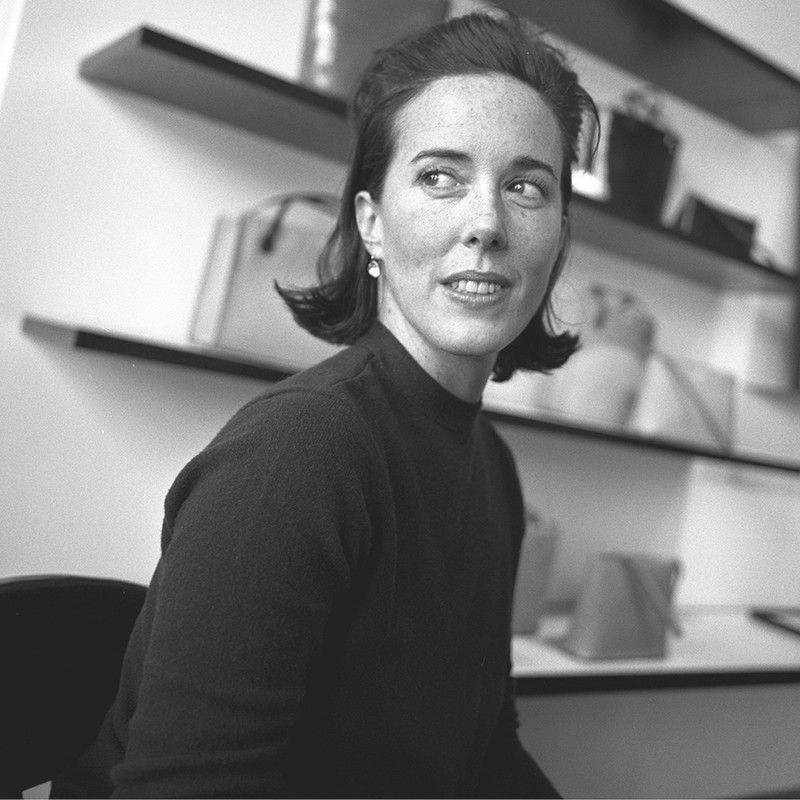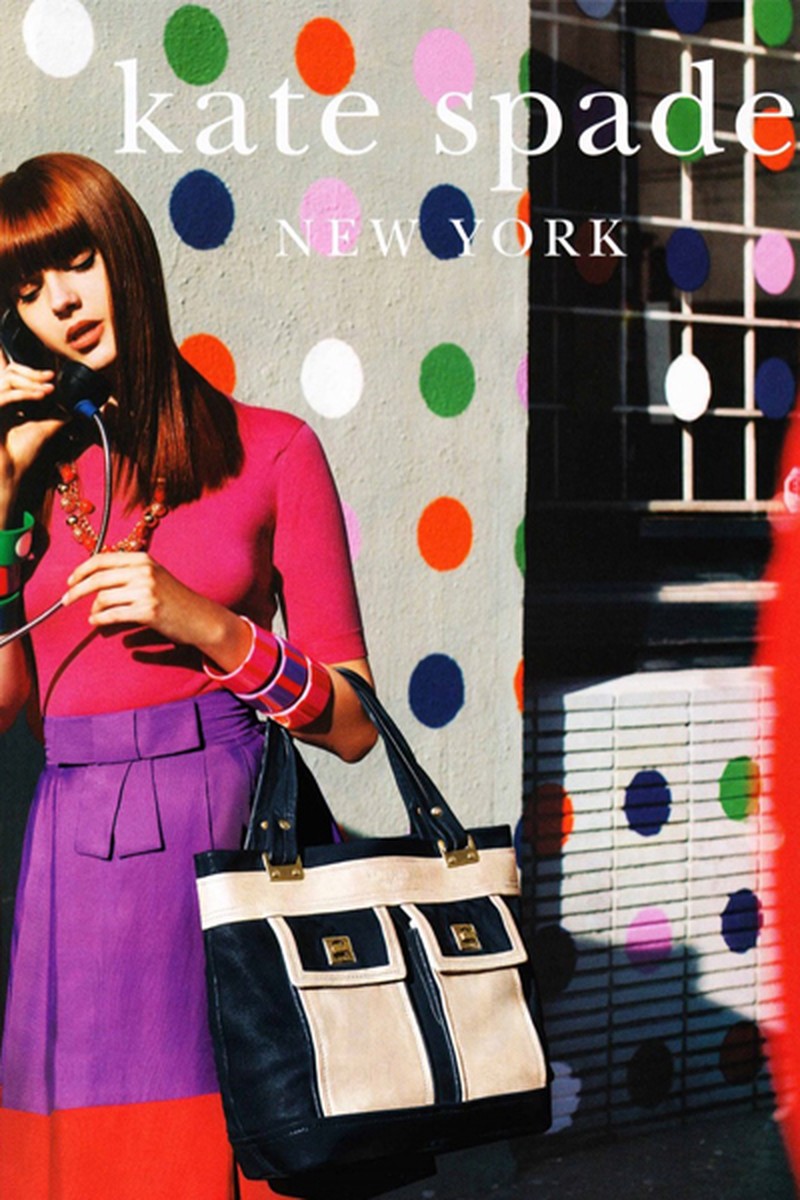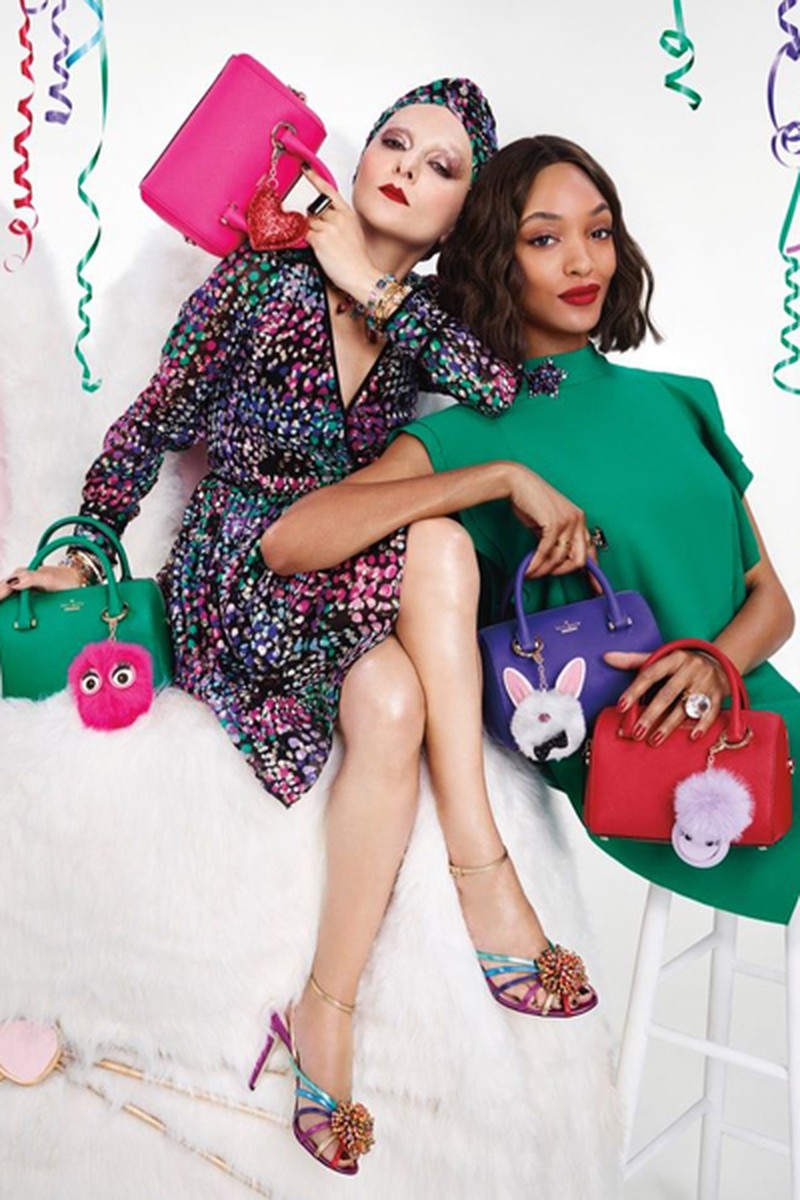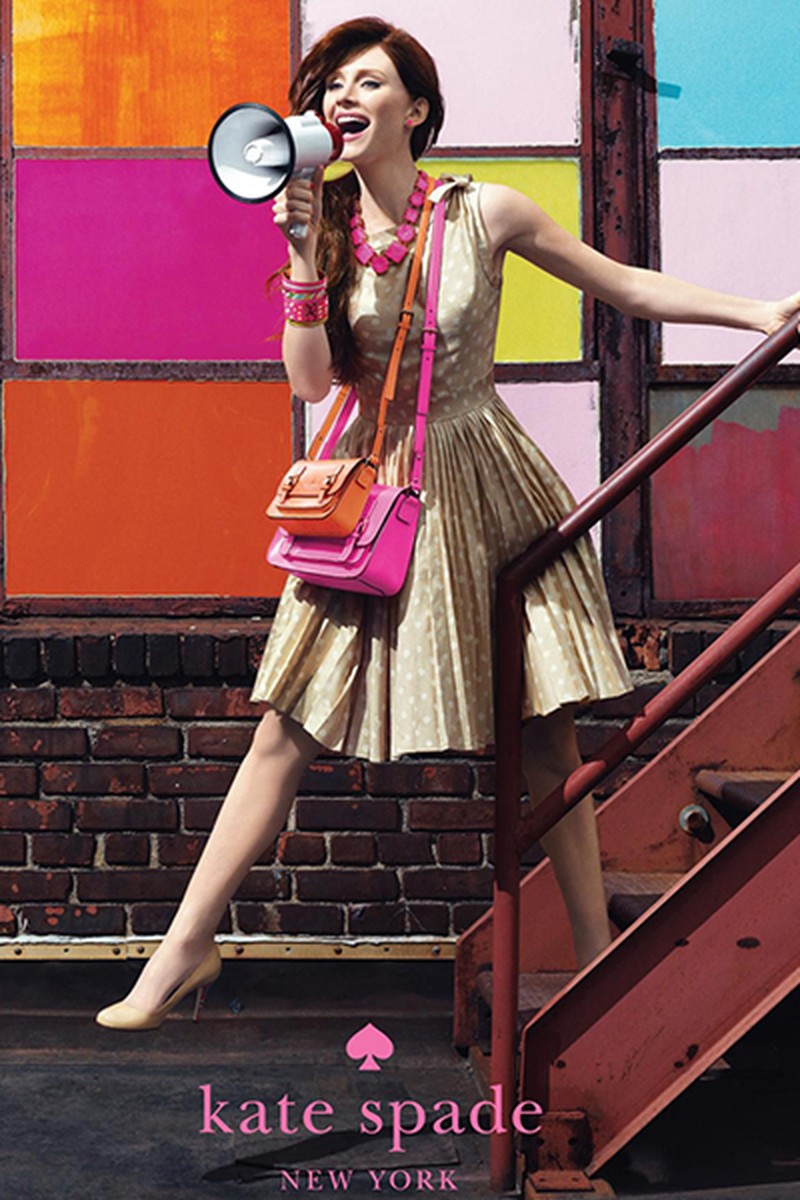Remembering Kate Spade: Her Fashion Legacy
On Tuesday 5th June, shortly after 10am, Kate Spade was found dead by housekeeping staff inside her Park Avenue apartment. According to law enforcement officials, the 55-year-old designer had left a note at the scene, and suspected her death to be a “tragic suicide”. Spade leaves behind her 13-year-old daughter Frances Beatrix and husband Andy.
“We are all devastated by today’s tragedy,” the Spade family said in a statement. “We loved Kate dearly and will miss her terribly. We would ask that our privacy be respected as we grieve during this very difficult time.” Spade later said that his wife had sought treatment for depression that was at times severe, and that the had been living apart for ten months but were still close.
The designer’s unexpected death prompted an outpouring of grief from the fashion industry. Spade’s first accessories label, Kate Spade New York, was one of the first to issue a statement: “Kate Spade, the visionary founder of our brand, has passed. Our thoughts are with her family at this incredibly heartbreaking time. We honour all the beauty she brought into the world.” Vogue Editor-in-Chief Anna Wintour also released an official comment: “Kate Spade had an enviable gift for understanding exactly what women the world over wanted to carry.”
Celebrity fans of her designs have also taken to social media to pay tribute. “I have worn her clothes many, many times. They were colourful, bold, cheerful, and encouraged women to find the twinkly person inside them. You couldn’t walk into her boutiques and not smile,” actress Mindy Kaling wrote on Twitter. “She had a quirky visual language that captivated Bat Mitzvah girls and artists alike. She was also a staple of NYC who spread good will,” wrote Lena Dunham. “My grandmother gave me my first Kate Spade bag when I was in college. I still have it,” Chelsea Clinton posted.
Born Katherine Noel Brosnahan in Kansas City, Missouri, the designer didn’t grow up obsessed with fashion – although she enjoyed combing through her mother’s jewellery – and instead dreamt about becoming a TV producer. She went on to study journalism at Arizona State University, and it was there she met her husband-to-be, the brother of the actor and comedian David Spade.
After graduating in 1985, Spade moved to New York, where she became the Assistant Fashion Editor at Condé Nast’s Mademoiselle magazine. Within five years, she had landed the role of Accessories Editor. But Spade found herself frustrated with the handbags of the era, which she found to be gaudy and over-accessorised. What she wanted was “a functional bag that was sophisticated and had some style,” she later told the New York Times. In 1993, she founded Kate Spade Handbags with Andy and a friend, Elyce Arons, spending her days at the magazine and working on the launch every night.
Spade’s former colleague at Mademoiselle, Elizabeth Kiester, reflected on the brand’s early days in an article for Vogue: “I remember knowing at that time that it was going to be something important,” she said. “It was nylon. It was cool. And they were square and cube-y and minimalist, and sort of mid-century modern furniture to wear.”
Spade's unique handbag designs were very much a reflection of her own personality. She was quirky and eccentric; never seen without her signature beehive, and often photographed in cat-eye glasses and chunky necklaces, primary colours and clothes with silhouettes from a bygone era. Her designs spoke to the things that spoke to her.
Despite a clear aesthetic vision, Spade didn’t know what to call the company at first, eventually deciding to make it a combination of her and Andy’s names (they married shortly after in 1994). She also took the game-changing step of putting the brand label on the outside of the bag rather than the inside – creating a brand identity that would soon blossom into a global empire.
Her name quickly became a shorthand for cute handbags – an instant hit with cosmopolitan women in the early stages of their careers and, later, young girls who aspired to be just like them. As the New York Times’ fashion team put it, buying a Kate Spade handbag was a coming-of-age ritual for American women in the 90s. “The purses she made became a status symbol and a token of adulthood,” they wrote on Tuesday in a tribute to the late designer.
Julie Gilhart, former Fashion Director of Barneys New York, picked up Kate Spade Handbags shortly after its launch, and the brand became one of the fastest growing accessories labels in the department store. Dubbing the mid-90s, “The time of the handbag”, Gilhart credits Spade for bringing stylish bags to young women whose budgets weren’t yet at designer levels.
Within a few years, Spade had opened her first boutique, a 400 sq ft shop in Manhattan’s trendy SoHo district and began receiving a number of industry accolades: a rising-talent award by the Council of Fashion Designers of America in 1995; named its accessory designer of the year in 1997; and best accessories designer at the Accessories Council’s ACE Awards in 1999.
And by the end of the 90s, Spade was so successful that the Neiman Marcus Group bought 56% of the business’ shares for $34m, and encouraged its expansion into stationery, shoes, clothes, household goods and lifestyle books. Seven years later, the couple, along with two business partners, unloaded the remaining 44% to Neiman Marcus for $59m.
“Once she sold, she kind of went away for a while. It was time for her to kick back and re-establish who she was now that she wasn’t [at the company] anymore,” Kiester told Vogue. “But she still had the perfect beehive, still had the red or the hot pink lips, and working the jewellery. She was my version of Iris Apfel. She was so, excuse me, f**king cool in every way. She was human champagne, bubbly and effervescent, making everything bright and sparkly and funny and fun. She was human champagne.”
Spade spent much of her final years dedicated to her family and to philanthropy, through the Kate Spade & Company Foundation, which is devoted to economic equality for women. In 2016, together with her husband, Arons and Paola Venturi, a Kate Spade alum, she launched a new venture, an accessories label called Frances Valentine – Frances after her daughter and Valentine after her grandfather. She even legally adopted it as her own name: “I am the designer formerly known as Kate Spade. I am Kate Valentine.” Following her death, every item from the Frances Valentine website sold out within hours as fans rushed to purchase one final memento.
DISCLAIMER: We endeavour to always credit the correct original source of every image we use. If you think a credit may be incorrect, please contact us at info@sheerluxe.com.





